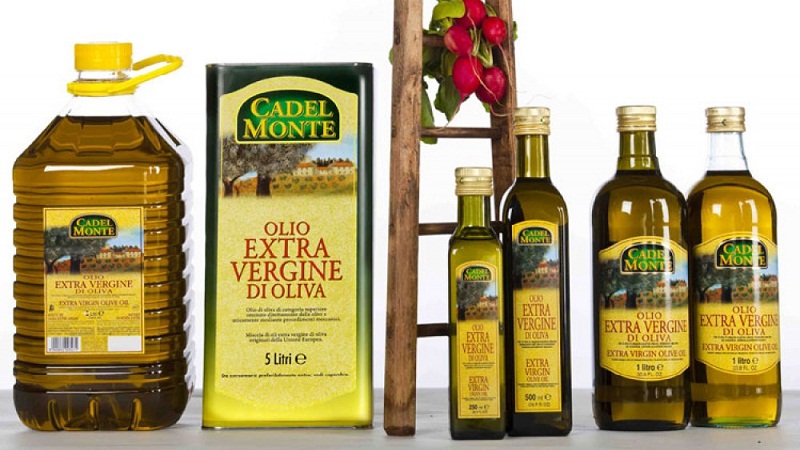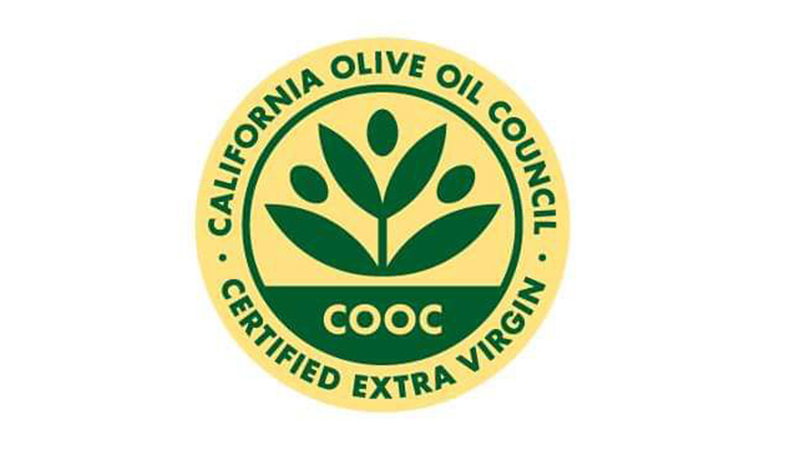1 Common Types of Olive Oil
Extra Virgin Olive Oil
 Extra Virgin Olive Oil
Extra Virgin Olive Oil
Extra virgin olive oil is obtained from the first pressing of the olives, retaining more nutrients and less interference from other components. It is considered the purest and best type of olive oil. This oil is not refined or treated with chemicals, and has an acidity level below 0.8%. It is also the most expensive type of olive oil.
Due to its low impurity content, extra virgin olive oil is commonly used for beauty purposes, such as makeup removal, hair and nail masks, and lip care, often in combination with other natural ingredients.
Additionally, extra virgin olive oil is suitable for raw consumption, such as in salads.
Virgin Olive Oil
Virgin olive oil is similar to extra virgin olive oil in that it is unrefined and untreated, with an acidity level above 1%.
 Virgin Olive Oil
Virgin Olive Oil
Virgin olive oil can also be used for beauty and culinary purposes. It is more suitable for cooking, raw consumption, and salad dressings than for beauty treatments. For beauty purposes, extra virgin olive oil is recommended.
Pure Olive Oil
 Pure Olive Oil
Pure Olive Oil
Pure olive oil has been filtered, refined, and treated with heat or chemicals to remove impurities, resulting in a lower nutritional content compared to virgin and extra virgin olive oils. If a label only states “Olive Oil” or “Dầu oliu”, it is likely pure olive oil.
This type of oil is suitable for cooking, but not for beauty treatments or raw consumption due to its reduced nutritional value.
Extra Light/Lite or Pomace Olive Oil
 Extra Light/Lite or Pomace Olive Oil
Extra Light/Lite or Pomace Olive Oil
This is the most affordable type of olive oil as it has been highly processed and refined, with minimal nutritional value. Extra light/lite or pomace olive oil is often blended with other vegetable oils and retains only a hint of olive flavor.
Therefore, it is commonly used for polishing objects rather than cooking or beauty treatments.
2 Which Olive Oil to Choose?
Depending on your intended use, you can select the most suitable and economical type of olive oil:
-
For beauty treatments: Extra Virgin or Virgin olive oil is recommended due to its purity and higher price.
-
For cooking: Pure olive oil is a more economical choice.
-
For polishing objects: Extra Light/Light or Pomace olive oil is the most affordable option.
 Choosing the right olive oil depends on your intended use and budget.
Choosing the right olive oil depends on your intended use and budget.
3 Where to Buy Olive Oil?
It is advisable to purchase olive oil from reputable stores and supermarkets, preferably imported from countries such as the Netherlands, Spain, Italy, or other Mediterranean regions, as these are the traditional homes of the olive fruit.
Keep in mind that expensive olive oils are not necessarily the best. The origin of the oil is also an important factor. Olive oil from high-yield regions, such as the Mediterranean, often offers competitive prices.
4 What is COOC Certification? What are AOC, DOP, and DO Certifications?
Olive oil bottles often feature additional logos certifying their quality. One of the most reputable certifications is COOC, granted by the California Olive Oil Council (COOC) in the United States. This certifies that the oil is 100% extra virgin.
Other certifications include AOC from France, DOP or DPO from Italy (Denominazione d’Origine Protetta), and DO from Spain (Denominacion de Origen). All of these certifications guarantee that the oil is extra virgin and pure.
 The COOC logo certifies that the olive oil is 100% extra virgin.
The COOC logo certifies that the olive oil is 100% extra virgin.
5 How to Store Olive Oil?
To maintain the quality of olive oil, it is best to transfer the oil to a smaller bottle after purchase to reduce oxidation caused by frequent opening. Olive oil should be consumed within three months of opening and stored in a dark glass bottle, kept cool, and away from light.
If not stored properly or kept beyond its recommended period, the quality of olive oil will deteriorate significantly, regardless of its original grade. This will result in a loss of nutritional and cosmetic value.









